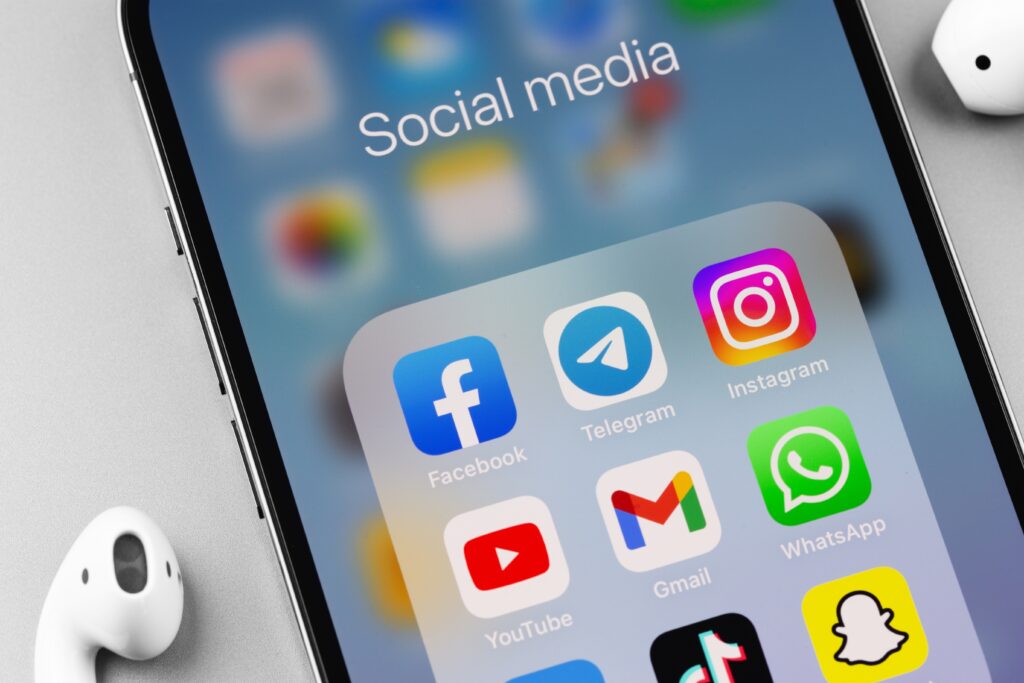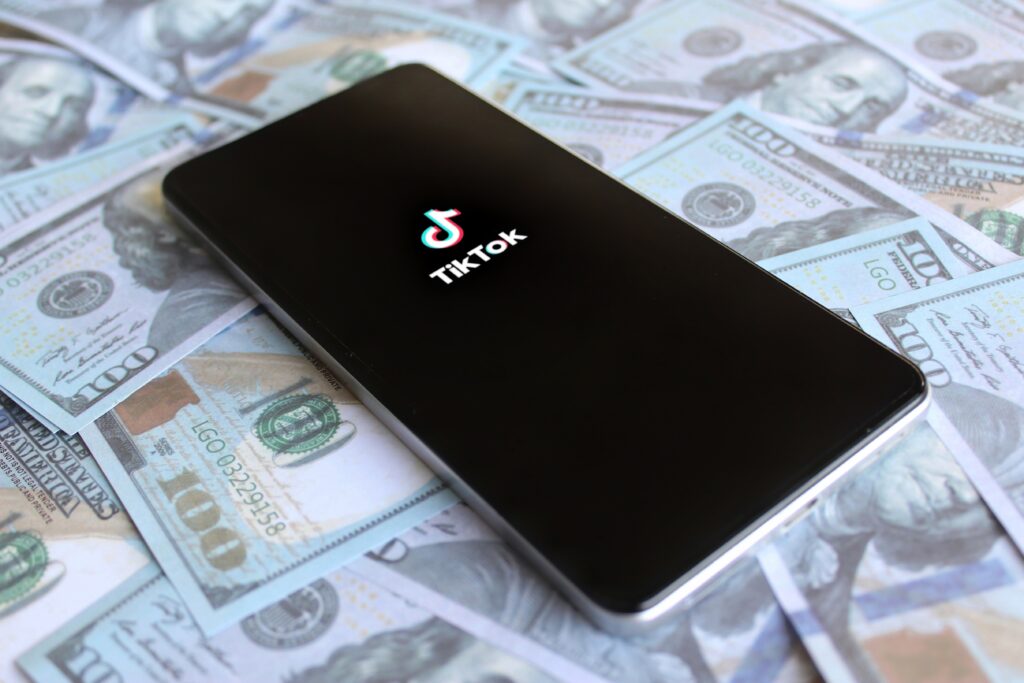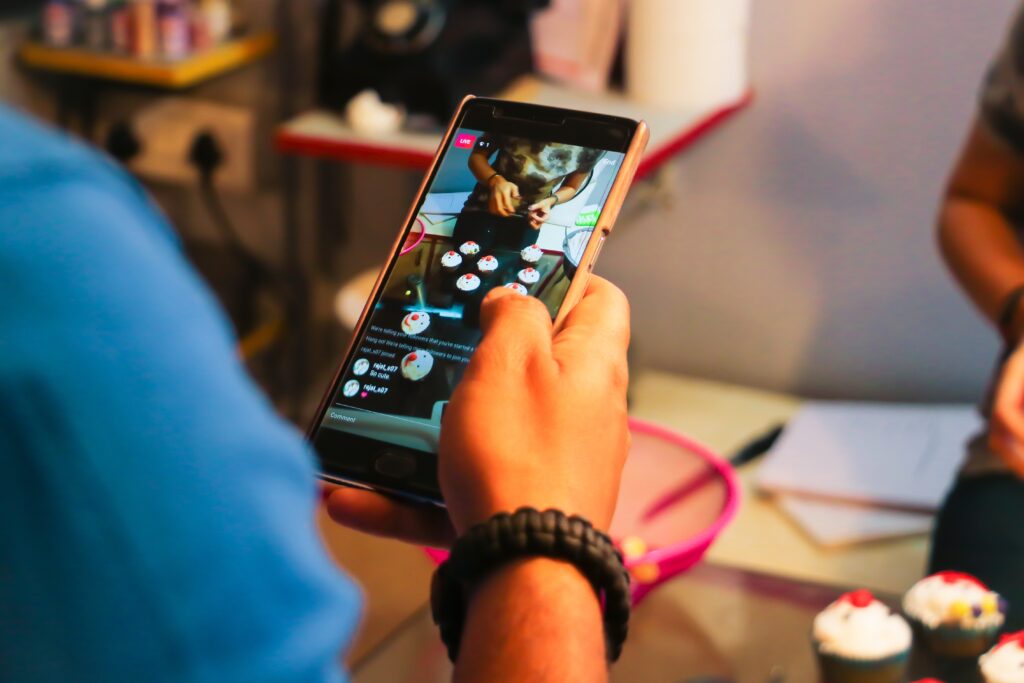
Promoting affiliate campaigns with influencers
Influencer marketing has been on the rise for the past few years, as new platforms and ad formats like the short videos on TikTok and YouTube grew in popularity. For advertisers, working with an opinion leader is a great way of presenting their product to an audience that already has a connection with the influencer. Chosen wisely, an influencer can bring about $5.78 on each dollar invested in the campaign. Let us take a closer look at influencer marketing and how affiliates can leverage this channel.
The technical side of the matter

Influencer marketing is a great way of presenting physical goods, especially if they look appealing. This happens mostly because Instagram, YouTube, and TikTok — all visual platforms — are the main influencer domains out there. However, as the industry goes further, more new products get promoted by opinion leaders: educational courses, subscriptions, events, games, etc.
In the influencer marketing niche, everything is based on communications and various software solutions that connect the players, namely the advertiser, the influencer, the audience, and the affiliate marketer.
What money are we looking at?
It may be difficult to set the price for something as intangible as the quality of human interactions. It also gets more frustrating when you look at the sums big-shot influencers ask for a single picture in their profile. Moreover, like any other marketing campaign, influencer campaigns involve all sorts of costs to cover. According to Dmitry Hudoy from a performance marketing agency Zorka. Mobi, one will need at least $10K for an influencer campaign, as it involves testing too.
In most cases, influencers get a flat fee or Pay-per-post. The point is, as always, to find the influencer that is willing to promote the product for a lower price than the advertiser is paying to the marketer. The fee usually depends on the number of followers.

This is a rough approximation by Carro, the fees vary across the platforms and tend to grow over time.
Among the other payment models that may apply to influencer marketing are:
- Pay-per-impression: the influencer’s rate is agreed upon in advance and is later multiplied by the number of actual impressions. Tracking is carried out by the media platform (YouTube, Instagram, etc.);
- Pay-per-click: a traditional model with a tracking link;
- Pay-per-acquisition: a tracking link + a target action on site.
Where do you find influencers?

The most straightforward approach is contacting the influencer you think is a good fit directly. But there may be many hurdles, from lack of trust to lack of spare time on their part. This strategy may play out fine with “nano” influencers with a moderate number of followers, as they still have the time and desire to communicate with advertisers and invest in audience engagement. Bigger influencers may be less trusting and will not consider a direct offer from a solo marketer. This is when you contact specialized agencies or websites.
The web is full of special platforms that make it their job to connect the users, the advertisers, and the marketers.
The employees and algorithms on such platforms or in marketing agencies will go through the following steps:
- Collect and process the information on the product.
- Assess the target audience.
- Short-list the influencers who may be suitable to promote this product.
- Propose the influencers to the advertiser/marketer.
- Launch the ad campaign.
Tracking and measuring the performance

To assess the success of your influencer campaigns, you need first to set your goals in general. What you want to achieve with the help of influencers: attract more traffic, raise brand awareness, promote a new product, etc. As an affiliate marketer, the goal is usually to drive more conversions. When your campaign goals are tied to your overall development plan, it is much easier to understand whether the KPIs have been met.
One of the key metrics is user engagement. It means how many people have reacted to a post and in what ways. Simple impressions count is not enough, questions and emotions bring more value as these commenters are likely to become customers. To calculate the engagement rate of a publication, divide the number of interactions with that post by the total number of subscribers the influencer has. The resulting percentage is the engagement rate. This parameter is useful to estimate the campaign’s prospects before the launch. The more engagement — the bigger number of people are likely to perform the target action.
Another important indicator is the good old volume of traffic. Tracking links or customized promo codes are great for attributing visitors to the influencer campaign. Besides, simply offering to check out the advertiser’s website is a less pressing offer on the part of the opinion leader than promoting a specific product. The audience will have more information about the brand after they have browsed through the website and will be able to make a choice.
Here are some insights from Linqia, one of the influencer marketing platforms that connect brands with the most suitable opinion leaders:

This basically means that you can also measure anything including sales, entries, social growth, mentions, etc. Check out this Carro article for more details on the technicalities, or navigate through the full Linqia report.
What to promote

As a marketing channel, collaborating with influencers started out mostly with nutra and e-commerce verticals: beauty bloggers and young artists promoting new kinds of make-up, effective diet, and the latest fashions. As time goes on, we see a wider range of products in such campaigns, so that now it is possible to find an opinion leader to suit almost any vertical.
Let’s play bloggers and streamers are a great shot to promote video games, related products (e.g. gaming chairs, headsets, keyboards, etc.), and tech novelties like VR sets.
Online tutors and science enthusiasts are often seen promoting educational offers from online and offline schools, specialized courses, bookstores, etc. Everyone has seen a Skillshare sponsored video at least once in their YouTube feed.
There are influencers who specialize in online gambling and sports betting, they often cover different strategies to win more and do it faster, or simply entertain the audience by rating the gaming sites. A sports commentator will also be a great shot for betting campaigns.
Conclusion
Influencer marketing is a strong channel for raising awareness, perfecting the brand image, and increasing the actual sales. Influencers have warm audiences that are partial to their style and content, therefore, the performance of such campaigns may be spectacular if you choose the right person.
The traditional offer verticals for influencer campaigns include e-commerce and nutra. However, the market has been developing and nowadays opinion leaders cover all sorts of goods and services. Still, physical goods, health and beauty products, and online subscriptions are the most popular categories.
Discover new marketing options and the Yep Ads team will stay by your side!
